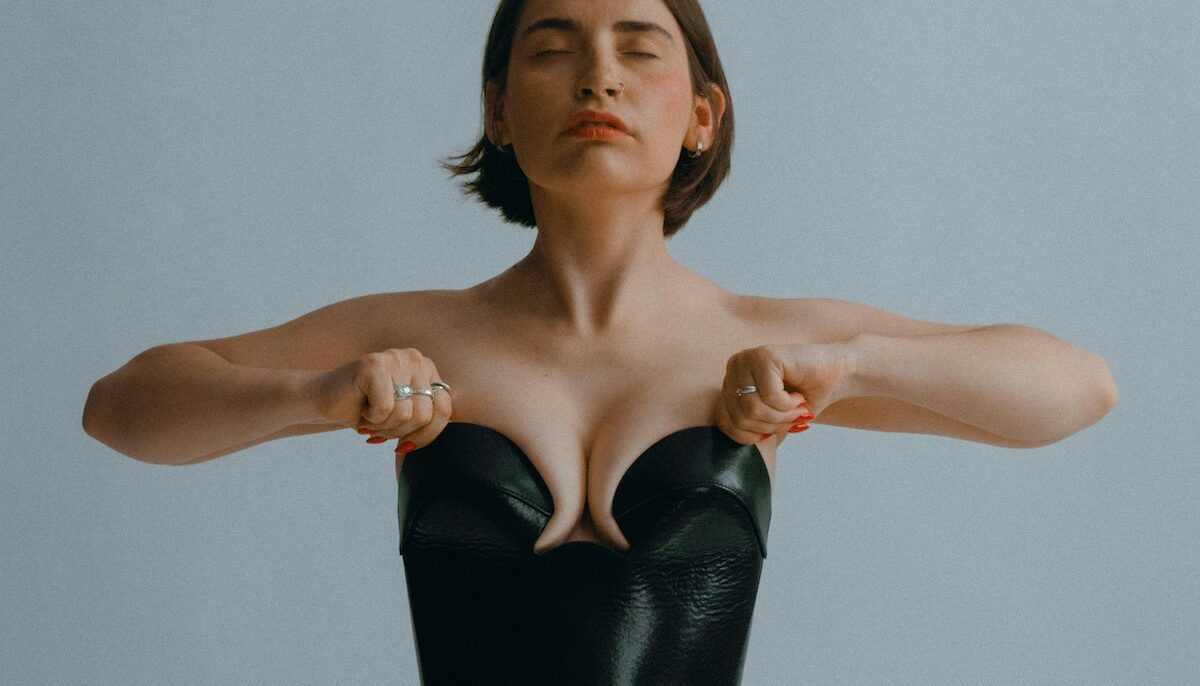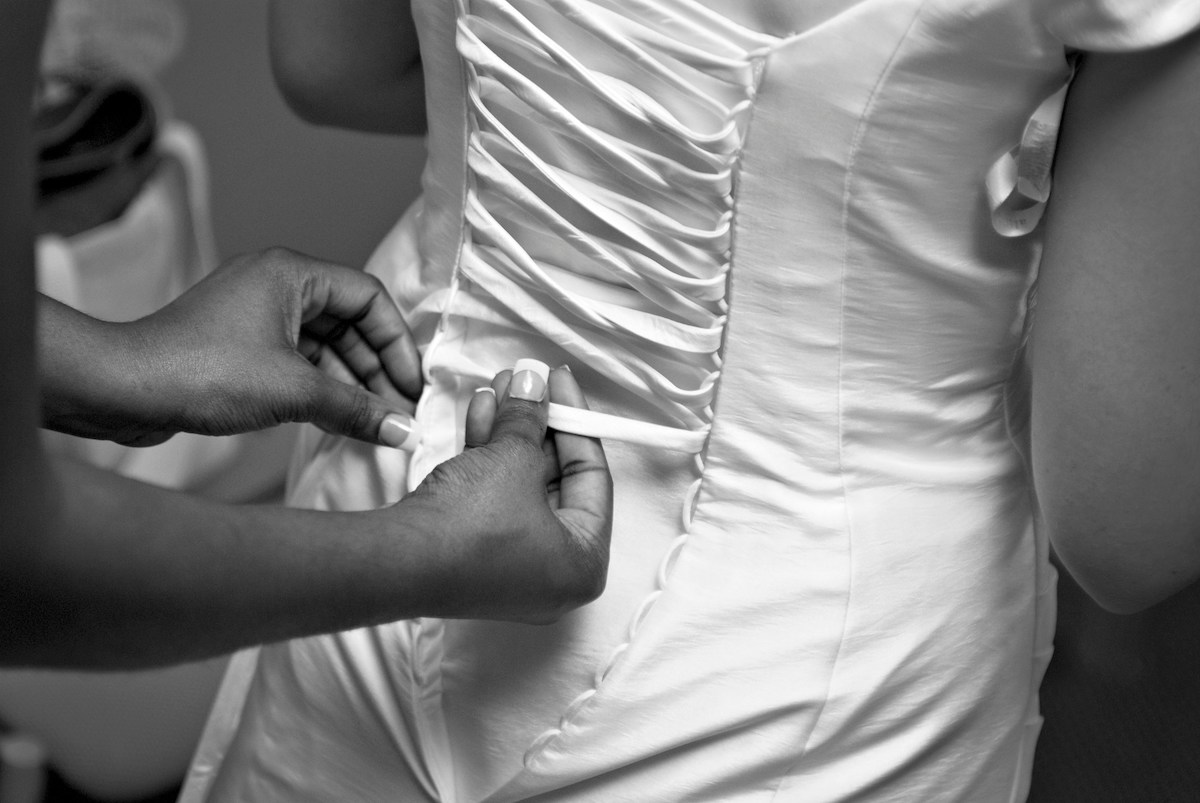
From Corsets To No Bra | Lingerie And Women’s Emancipation
Explore the story behind women’s lingerie. From constricting corsets to braless movements, discover how these intimate garments have shaped, and been shaped by, shifting beauty standards and the ongoing fight for women’s emancipation.
LINGERIE, A MIRROR AND MAKER OF BEAUTY STANDARDS
The ideal female body shape is always changing. Throughout history, there have been expectations for all women to conform to whatever society deems the most attractive shape at that time. Lingerie has always been tied to these expectations, helping mould the desired figure, from accentuating the waist to flattening the chest. Garments were discovered as early as in the Ancient Greek and Roman Empires and continue to evolve to the present day.
However, lingerie has also been a symbol of emancipation and freedom. From the rejection of the corset in favour of the bra to the no bra movement today, lingerie has been tied to women’s rights as well as their restrictions.

THE HISTORY OF THE CORSET
Corsets have a rich and long history. Originating in Italy during the Renaissance, the corset was originally designed to shape the torso and provide support. It then became a staple of aristocratic fashion, symbolising femininity and social status. These garments were often laced so tightly that they created discomfort and health issues.
The restrictive nature of corsets began to be challenged as women advocated for greater freedom and rights. Especially during and after World War I and II when women began to work. As women became more active in the labour force and took on larger roles in society, the popularity of the corset waned since it was no longer practical.
In recent decades, corsets have returned to the fashion industry, although with a significant transformation. Designers like Vivienne Westwood and Jean Paul Gaultier have reimagined corsets, making them fashion statements that symbolise empowerment and reclaiming traditional symbols of oppression.
THE HISTORY OF THE BRA
The history of the bra begins with the rejection of the corset. Bras emerged as a supportive and less restrictive alternative when women entered the workforce. But the bra has also acted as a conformer and shaper of changing female body standards. While emerging from a need for practicality, bras have changed in design over the years to fit trends. From flattening the chest during the 1920s when women preferred a more androgynous aesthetic to the push-up bra of the 1990s, bras have continuously transformed.
During the women’s liberation movement that began in the 1960s, many women rejected bras altogether. It was in this period that the no bra movement began to spread.

FREE THE NIPPLE
The no bra movement gained momentum as women rejected societal pressures to conform to specific beauty standards. Central to this movement is the “Free The Nipple” campaign, which advocates for gender equality, body positivity, and the desexualisation of women’s bodies. The campaign began in the 2010s and challenged the legal and cultural norms of how women should censor their nipples. By encouraging women to forgo bras and embrace their natural shapes, “Free The Nipple” seeks to normalise the visibility of female nipples in the same way that male nipples are accepted. This promotes a broader message of autonomy, self-acceptance, and freedom from restrictive beauty standards.

+ Highlight Image:
©Vicky Hladynets via Unsplash







